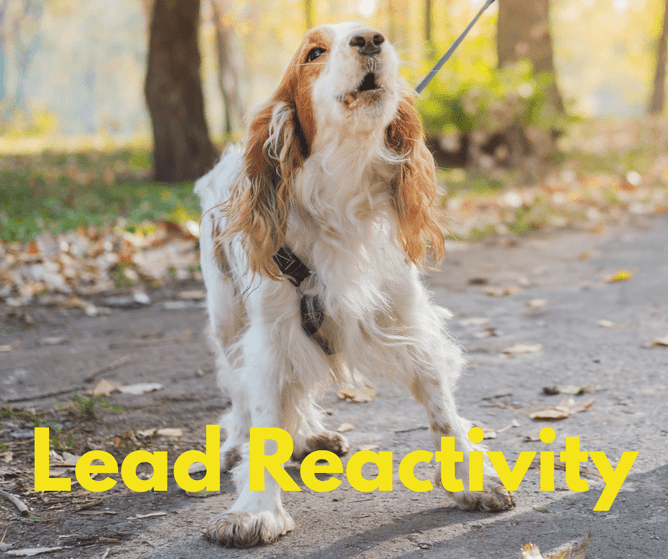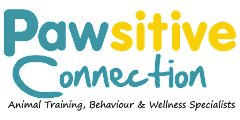Help! My dog goes crazy at other dogs when we go for a walk!
The ‘going crazy’ often refers to pulling, lunging, whining, barking and/or growling at other dogs. Your dog may be quite happy to meet other dogs in their home, or off leash in a park, but when it comes to being on lead; their manners can leave you pretty embarrassed.
Let's look at understanding why your dog may do this first.
Dogs do what works for them
The reasons why dogs show this behaviour can be many, and often difficult to work out. It can vary from excitement and frustration to nervousness and fear.
In many cases, the dog has learnt to show this behaviour because it will result in them getting what they want. For example, if your dog is allowed to greet other dogs after pulling towards them, they have learnt that this behaviour works to greet other dogs. It may look like your dog is ‘desperate’ to get to other dogs and super frustrated if they can’t.
On the other hand, if your dog is fearful or uncomfortable being around other dogs, and they bark, pull and lunge at other dogs to make the other dog go away, your dog learns that these behaviours can work to get other dogs to move away from them.
Fight or Flight?
Being on a lead can limit your dog’s ability to show natural body language and move freely and it inhibits their flight response (running away from danger). As a result of that you often see ‘fight’ behaviours like lunging, whining, barking, pulling on the leash, which can be interpreted by the other dog as threatening behaviour.
Can you make it worse?
It is possible to exacerbate these behaviours. When your dog reacts, things like tight leashes, jerks on the lead, harsh words, exclamations/shouting can be enough to cause your dog to make an unwanted association with other dogs. Your dog may link your actions with the presence of other dogs, which can result in more exaggerated behaviours when they see other dogs in the future.
However, it’s important to note that your dog’s behaviour is not anyone’s fault. Canine behaviour is complex, and everyone does their best with the knowledge and skills they have.
What can you do?
Firstly, if you don’t like the behaviours your dog is displaying when it sees other dogs, don’t let your dog continually practice them. Unfortunately, the more a dog practices a behaviour, the better they get at it! Just as it works when practicing sitting for their dinner and they get really good at it, practicing something unwanted also makes them better at that. So, avoid walking your dog until you are at an appropriate place in your training plan.
You can replace walks with an enrichment program and learning the skills required for your training program at home first. At best, find times of the day or areas you can walk/explore where there are no dogs are around.
Seek professional help
We do stress the importance of seeking professional, qualified guidance. We can guide you and your dog through the stages of changing this behaviour for the better and help you to maximise results.
Each dog is different so our training plans are tailored to individual dogs, but the steps may look something like this:
Step 1
Build confidence, handling skills and teamwork. You want your dog to look towards you for help and know they will get it, rather than take matters into their own hands. Once these skills and games are learnt and your dogs knows then really well, you are ready to take them out and about.
Step 2
Use a process of gradual ‘desensitisation and counter conditioning’, which really means: ‘teaching your dog to be more comfortable and to make better choices’.
Your dog can learn they have choices and that they can influence the situation and will be rewarded handsomely for choosing well.
We use programs/skills based on Control Unleashed by Leslie McDevitt, BAT by Grisha Stewart, and other modern, science based, kind training methods.
This is a process that requires learning from both dog and handler, so the time seen to see a change in the behaviour can vary. If you stick with it under the guidance of a qualified positive trainer, you are sure to see improvement.
Note: While we have called this article “Lead Reactivity” we stress the importance of not using labels to describe dog behaviour, as it can be misleading. To quote Susan Friedman, “Behaviour is not who you are - it’s what you do.”
Further Help
We have designed a 10 week online program "Reframing Reactivity" to help you navigate this common issue. Or you may decide that you want in person guidance. Either way, contact us for more assistance.

